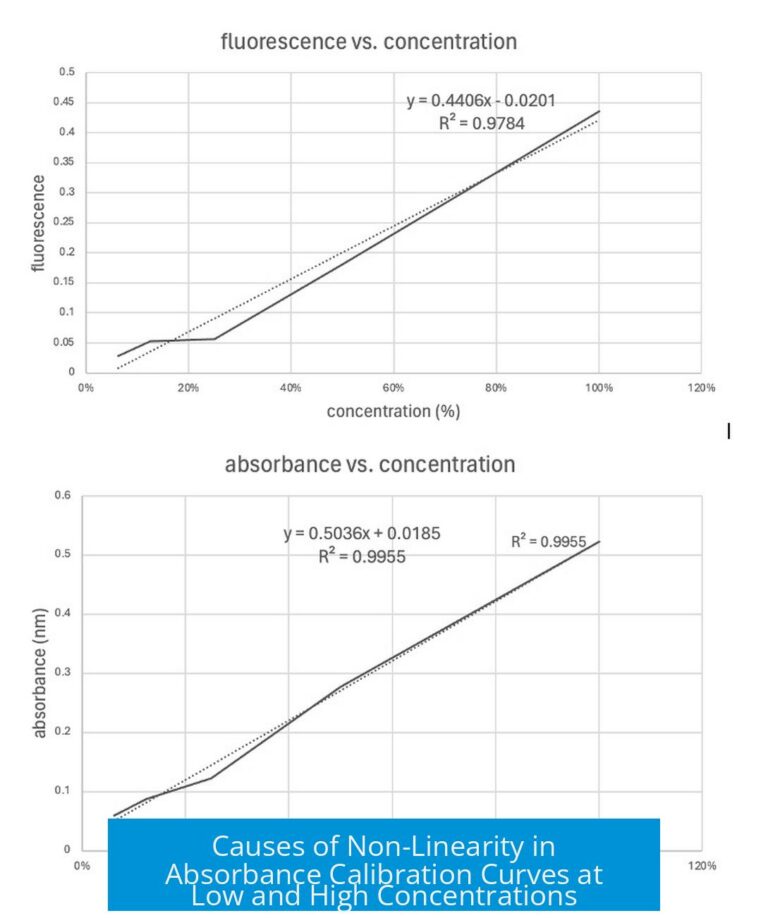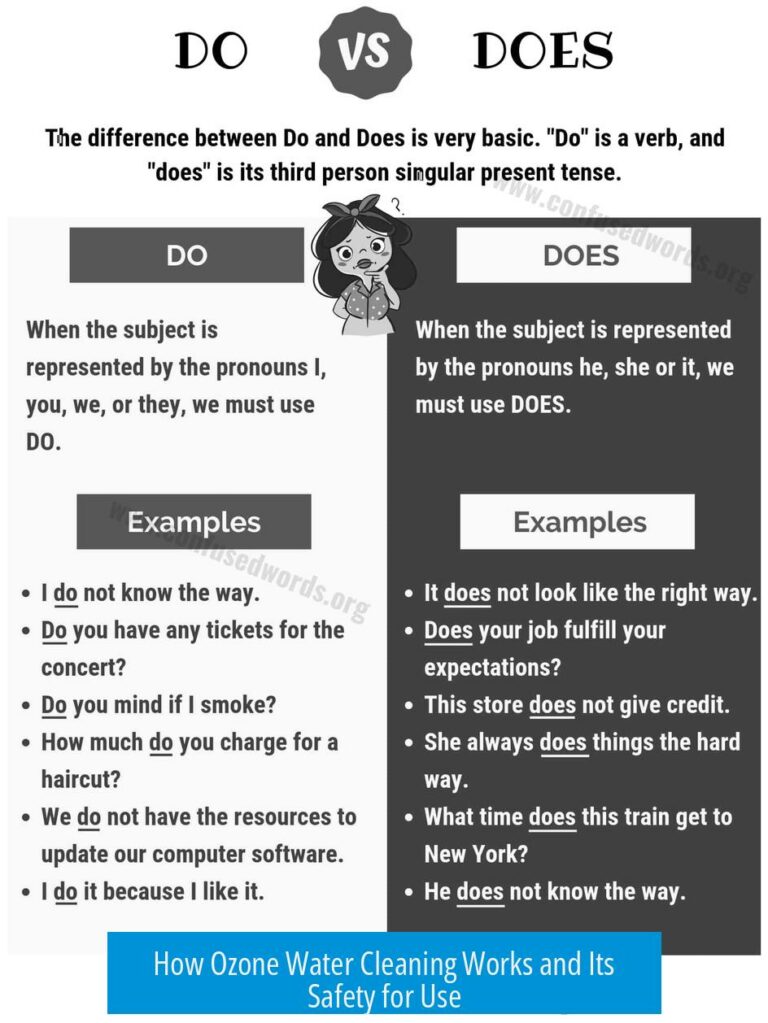Does CO3 Exist As a Neutral Molecule?

CO3 does not exist as a neutral molecule; it exists only as the carbonate ion CO32−. The term CO3 typically refers to this polyatomic ion rather than a standalone neutral species.
The Nature of CO3

The carbonate ion, CO32−, carries a -2 charge and is commonly found in many compounds, such as calcium carbonate. It never exists freely as a neutral molecule because its electronic structure requires additional electrons to stabilize.
Carbonate Ion and Naming Conventions

- Carbonate is a polyatomic ion.
- It follows standard naming patterns using suffixes like “-ate”.
- Examples include phosphate (PO43−) and sulfate (SO42−).
The naming convention aligns with the ion’s charge and structure, making “carbonate” the correct and accepted name.
What About Neutral CO3 as a Molecule?

A neutral CO3 molecule would be hypothetical and is sometimes called carbon trioxide or carbon peroxide depending on its structure. Carbon trioxide (C(=O)3) has been confirmed experimentally but only exists transiently under specific conditions.
Carbon peroxide, a variant with a peroxide linkage, has not been proven to exist. The instability of these species contrasts with the carbonate ion’s stability in compounds.
Comparison with CO and CO2

| Molecule/Ion | Charge | Existence |
|---|---|---|
| CO (Carbon monoxide) | Neutral | Stable, common gas |
| CO2 (Carbon dioxide) | Neutral | Stable, atmospheric gas |
| CO3 (Carbonate ion) | -2 charge | Stable ion, never neutral molecule |
CO and CO2 are neutral molecules used widely in nature and industry. In contrast, CO3 exists only as a negatively charged ion and does not form a neutral molecule under normal conditions. This charge difference explains the distinct chemical behavior and nomenclature.
Key Takeaways

- CO3 does not exist as a neutral molecule; it only exists as the carbonate ion CO32−.
- The carbonate ion follows standard polyatomic ion naming rules with the “-ate” suffix.
- Neutral carbon trioxide (CO3) is a rare, transient molecule confirmed experimentally but not common.
- CO and CO2 are neutral molecules, while CO3 is a negatively charged ion, explaining differences in properties.
Guys, I Was Thinking Something That Confused Me: What’s Up With CO3?
Here’s the deal: CO3 doesn’t exist as a neutral molecule. It’s always bonded to something else, existing as a charged ion called carbonate (CO32-).
Sound confusing? Don’t worry, you’re not alone. Lots of folks scratch their heads over this one. Let’s unpack it, break it down, and get you confidently nodding next time the topic pops up.
CO3: The Enigma of a Molecule That’s Not Really a Molecule
First off, when someone says “CO3,” they might imagine a simple molecule like CO (carbon monoxide) or CO2 (carbon dioxide). Those two are stable, neutral, and well-known gases. But CO3? That’s a different beast.
CO3 never exists by itself as a standalone neutral molecule. Instead, it lives as an ion called carbonate, which sports a hefty -2 charge. No neutral CO3 roaming free in nature, no solo performances.
“CO3 doesn’t actually exist. It only exists as an anion called carbonate.”
This charge difference is a huge deal chemically. CO and CO2 zip around neutrally, reacting on their own terms. CO3, by contrast, needs company (usually positive ions) to maintain stability.
The Naming Game: Carbonate and Its Family
Because CO3 is polyatomic (meaning it’s a group of atoms bound together carrying a charge), it follows familiar naming conventions. The suffix -ate is standard for polyatomic ions with oxygen, like phosphate (PO43-) or sulfate (SO42-). Enter carbonate — CO3 with two extra electrons granting that -2 charge.
So the name carbonate isn’t random. It fits neatly into this ion family with recognizable suffixes -ate, -ite, and -ide. This logic helps chemists instantly know what kind of ion they’re dealing with — slight variations in oxygen numbers or charge but a clear naming rhythm.
What About Neutral CO3 Molecules, Then?
Hypothetically, if CO3 were neutral, it might be named carbon trioxide or possibly carbon peroxide, depending on how the oxygen atoms connect inside it. Some experimental work confirms carbon trioxide actually exists, but it’s very unstable and fleeting.
Carbon peroxide, on the other hand, remains a theory with zero proof. No chemist has isolated or studied it as a stable molecule.
Think of carbon trioxide as that elusive flavor in a recipe — rare but confirmed. Carbon peroxide? More like a kitchen myth, whispered but unseen.
Why Does It Matter That CO3 Has a Negative Charge?
This charge defines its whole behavior. Neutral molecules like CO or CO2 dissolve and react differently than charged ions do. Because CO3 is CO32-, it’s an ion that forms salts, like calcium carbonate (chalk, anyone?) or sodium carbonate (washing soda). These compounds play huge roles in everything from geology to cleaning your clothes.
Its charge also means CO3 sticks around with positive ions or in more complex molecules. It’s like a social butterfly forced to hang out in groups.
Why Haven’t We Just Accepted CO3 as Neutral Then?
You might wonder why chemists don’t just call the carbonate ion “CO3” without the charge. That would confuse everyone! The negative charge is critical information.
Identifying and acknowledging CO3’s charge keeps communication clear in science and industry. When a chemist says “carbonate,” everyone knows to think of an ion, not a neutral molecule. Meticulous naming and notation prevent costly misunderstandings.
Let’s Drop a Quick Comparison Table for Fun
| Species | Formula | Charge | Exists As | Notes |
|---|---|---|---|---|
| Carbon Monoxide | CO | 0 (neutral) | Stable molecule | Toxic gas, important industrially |
| Carbon Dioxide | CO2 | 0 (neutral) | Stable molecule | Breathable air component, greenhouse gas |
| Carbonate Ion | CO32- | -2 | Polyatomic ion | Found in carbonate minerals, baking soda |
| Carbon Trioxide | CO3 | 0 (neutral, hypothetical) | Unstable molecule | Confirmed experimentally but rare |
| Carbon Peroxide | CO3 | 0 (neutral, hypothetical) | Not proven | Purely hypothetical molecule |
Wrapping It Up: What To Remember
Next time you hear “guys, I was thinking something that confused me” about CO3, you can confidently say:
- There’s no stable, neutral molecule called CO3 out there—only the carbonate ion with a 2-minus charge.
- Carbonate fits into polyatomic ion naming rules with its -ate suffix.
- Carbon trioxide is real but rare; carbon peroxide is fantasy chemistry.
- The negative charge of carbonate differentiates it totally from CO and CO2.
It’s chemistry’s quirky way of reminding us: atoms don’t always play by simple rules. Sometimes, they need partners, charge balances, or even a bit of weird science fiction to stick around.
Now, isn’t understanding CO3 a bit less confusing?
Why doesn’t CO3 exist as a neutral molecule?
CO3 does not exist on its own as a neutral molecule. It only appears as the carbonate ion, CO3^(2-), which carries a negative charge.
What is the proper name for the CO3 ion?
The CO3 ion is called carbonate. It follows naming rules for polyatomic ions with the suffix -ate, like phosphate or sulfate.
Could CO3 exist as a molecule named carbon trioxide or carbon peroxide?
Carbon trioxide (CO3) has been experimentally observed. Carbon peroxide as CO3 hasn’t been proven yet and remains hypothetical.
How is CO3 different from CO and CO2?
CO and CO2 are neutral molecules. CO3 carries a -2 charge, making it an ion with distinct chemical behavior and naming.





Leave a Comment